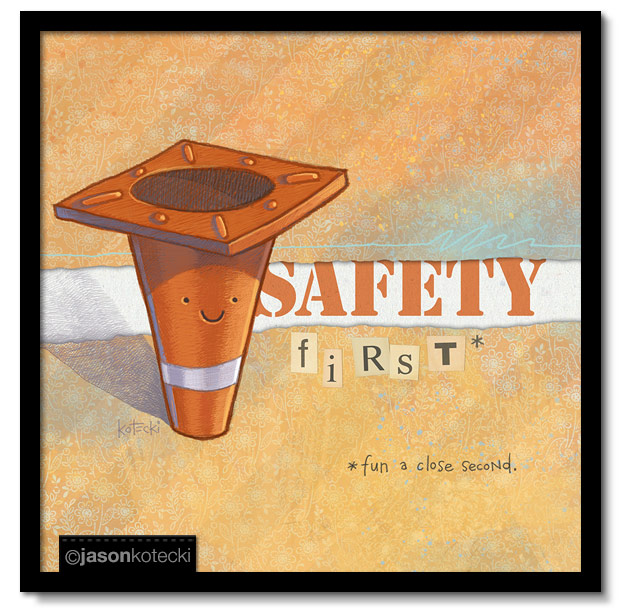
Wash your hands. Wear a mask. (Better make that two!) Keep your distance. Sanitize everything that moves (and everything that doesn’t) every sixteen seconds. Stay home for two weeks two months a year to flatten the curve.
Sometimes you have to laugh at your circumstances to keep yourself from crying.
We’ve had a rough year, but I am optimistic that the war against this unwelcome virus is nearing an end. I am especially encouraged by the leaders who know we don’t live in a one-variable world and have been looking at the whole picture.
During a pandemic, when it comes to public safety, it’s better to be overly cautious than lackadaisical (but what a fun word!). However, we can get so focused on following protocols to prevent the spread of COVID-19, it’s easy to forget about the indirect side effects we’ve experienced from the last twelve months of trauma.
Like the deterioration of our mental health.
One such leader is my friend Patrick who has been at the forefront of helping to lead his college through the pandemic. Besides transforming the on-campus experience, and adding testing, contact tracing, and safety protocols, he told me about the challenge of addressing the morale of the students who returned to campus in the dead of winter while the virus was surging:
“We wrapped every light pole on campus with Christmas lights. We built an ice rink in the middle of campus. We had fun food pop-ups on frigid nights (e.g., hot chocolate, chili, chicken wings). And, so far (fingers crossed) we are succeeding!!”
Some people may look at these efforts as extraneous. Those people would be wrong.
Human beings are complicated creatures. They cannot be easily managed by spreadsheets or treated by one-size-fits-all solutions. Unlike robots, they come equipped with a diverse range of feelings and emotions. And contrary to popular belief, they rarely behave rationally.
Christmas lights and impromptu ice rinks and hot chocolate with tiny marshmallows have not been proven to slow the spread of COVID-19, but that doesn’t mean they aren’t essential in this fight.
They are pretty good at slowing the spread of depression, despair, and Adultitis.
Of course, none of this is new news. I was at a conference a few years ago that featured a session on employee retention. The speaker noted the research found that compensation was the absolute lowest factor for people when it came to job satisfaction and engagement. She said you pretty much just have to be average in that department.
Do you know what was way higher on the chart? Relationship to the supervisor and relationships with co-workers. Simply put, if you think your boss is an a-hole or your colleagues are jerks, it’s pretty likely your antenna is up for an opportunity to jump ship.
I don’t need to drum up a bunch of statistics to explain how expensive turnover is or why having more fun can save you money. All I need is a bit of common sense. It seems fairly obvious to me that turnover problems plummet if your organization is a fun place to work and the people enjoy being around each other.
Simply put, fun is good for the soul, but it makes good financial sense, too.
To make it through the challenges we face each day, whether it’s a global pandemic or a government audit, or the height of your organization’s busy season, we have to take care of one another.
That requires a variety of approaches. Safe protocols, of course. But we also need to provide empathy, hope, optimism, and yes, even fun.
A hot beverage with some tiny marshmallows couldn’t hurt, either.
Walking around in doughnut leggings also helps. 🥳